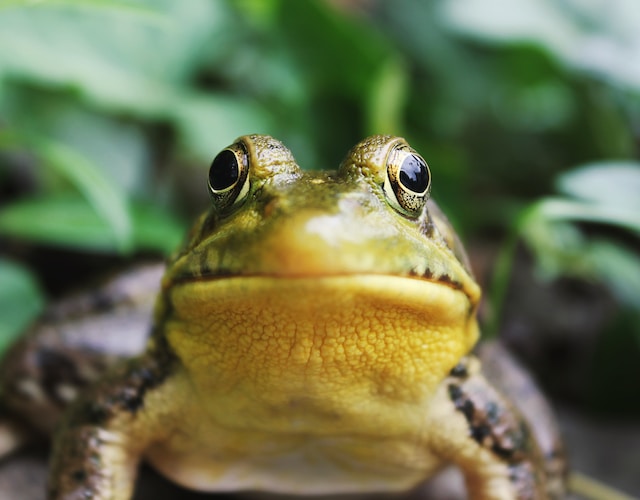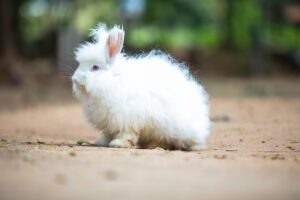
The Most Popular Pet Reptiles and How to Care for Them
Contents
Every year, hundreds of thousands of reptiles are sold as pets. Most of these animals live for several decades and make wonderful companions for their owners. They’re also relatively easy to care for compared to mammals and birds! In this article, we’ll talk about some of the most popular pet reptiles, including snakes, turtles and lizards. We’ll also discuss how to keep these animals happy and healthy so they can enjoy life with you for many years.
Snakes
Snakes are among the most popular pet reptiles. They’re easy to care for and can be quite docile, making them a great choice for beginner reptile owners. The most popular snakes are corn snakes, ball pythons and boa constrictors. These reptiles need a large enclosure with lots of climbing space and hiding spots as well as a heat mat that will help keep them warm when it’s cold outside (the ideal temperature range is between 75 degrees Fahrenheit during the day down to 65 degrees at night).
Lizards
Lizards are one of the most popular pet reptiles. They are easy to care for, good for children and relatively inexpensive. Lizards can be kept in a terrarium or vivarium depending on their size and needs.
Lizards have scales instead of feathers or fur so they do not need daily baths like birds or cats do but they do need regular cleaning with water to keep them healthy. You should give them some time outside every day so they can get fresh air and exercise while you clean their enclosure or tank with mild soap and warm water (no bleach).
Turtles
Turtles are one of the most popular reptiles as pets. They’re easy to care for, but they do require some special considerations. Here’s what you need to know about caring for your turtle:
- How much space does my turtle need?
- What should I feed my turtle?
- How can I set up a tank for my turtle?
- What kind of tank is best for a pet reptile like this one?
- What kind of substrate (ground cover) works best in these enclosures?
Frogs and Toads
Frogs and toads are amphibians. They can be kept in a tank or aquarium, but make sure that the container has enough space for them to move around comfortably. Frogs and toads need humid environments, so you’ll need to keep your pet reptile’s enclosure moist by misting it regularly with water from a spray bottle or by providing shallow dishes of water for them to bathe in.
Frogs and toads eat insects such as crickets, worms (no earthworms), flies and maggots; other small animals like mealworms; fish pellets; fruit such as apples or bananas sliced into pieces no larger than 1/2 inch square; vegetables such as zucchini slices cut into bite-sized pieces no larger than 1/2 inch square; dog food mixed with ground flaxseed oil (you can add vitamin supplements too). If you have an aquatic frog or Toad then it will also eat live fish!
Here is a brief overview about the most popular pet reptiles
- Snakes are one of the most popular pets in the United States and around the world. They can be found in almost every state and come in a variety of sizes, colors, patterns and temperaments. They are easy to care for because they don’t require much space or attention; however you should keep them away from children who might not know how dangerous they can be if provoked by an adult trying to handle them improperly!
- Lizards are second on our list because they’re relatively inexpensive compared to other types of reptiles (or even mammals). You need a large enclosure that mimics their natural environment so it doesn’t bother them too much when you take him out for exercise time every day–but we’ll talk more about this later on today’s episode…”
Conclusion
As you can see, there are many different kinds of reptiles that make great pets. If you’re thinking about getting one, we hope this article has helped you learn more about each type!



Average Rating